Phosphoric acid, the second most widely used acid in the world, has many applications due to its defined properties.
One of the uses of phosphoric acid is its use to remove rust from metals such as iron, steel, etc.
Iron and steel are the most widely used metals in the world, which have attracted the attention of manufacturers and craftsmen due to their different performance and strength. But the special problem with these metals is that they rust if they are not covered properly. This rust causes a red, brown, or orange coating to settle on the metal, destroying its performance.
Apart from machines, we see many metal tools and equipment around us. From metal doors and windows to bolts and nuts that connect different parts are made of metal; That is, they are prone to rust. In addition to degrading the appearance of metals, rust can disrupt their function and cause metals to be completely destroyed. So it is very important to clean the rust and prevent it from reshaping.
In the following, after discussing the causes of corrosion and its effect on various tools, we will discuss the effect of phosphoric acid on steel.
Why Do Metals Rust?
Metals, especially metals made from iron or iron alloys, such as steel, are easily rusted by oxygen and moisture. Unfortunately, rust is part of the nature of metals.
If the rust is not cleaned from the metal surface in time, it will gradually penetrate into the underlying layers and wear them out. This wear causes the failure of various tools and leaves heavy damage.
This is especially true of industrial machinery, which is very expensive and difficult to replace. An example of an iron tool is the gear wheels, which, if rust penetrates, stop them from moving and the whole machine may lose its usefulness. It should be noted that other metals, such as iron, also rust, but the corrosion process is different.
Does Phosphoric Acid Affect Steel?
One of the tasks that professionals do to prevent rusting of metals without coating is to wash or at least cover the metal with a layer of phosphoric acid. Phosphoric acid is a chemical used in various industries. production of beverages, phosphate fertilizers, water purification, manufacture of soap and non-soap cleaners, and removal of iron rust are among the applications of phosphoric acid.
Phosphoric acid is used in many research applications and can come into contact with many chemical and petrochemical equipment. Most of this equipment is made of steel alloys that may be damaged due to contact with acid. Corrosion inhibitors can be used to protect steel alloys against various signs of corrosion.
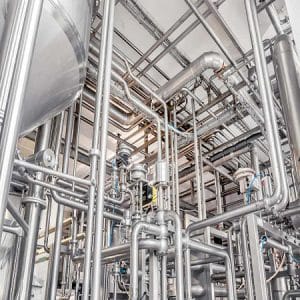
If you work with phosphoric acid, be sure to use safety equipment such as goggles and gloves. If you want a less risky option, use fizzy drinks to remove metal rust. Due to the presence of phosphoric acid, soda both eliminates rust and creates very small holes in the surface of metals, which can be an advantage for painting metals, because it causes better adhesion of the paint on the metal surface. Now that the rust has been removed, it is time to cover the metal surface.
Since water and metal are enemies, using water-based paints directly on metal is not recommended. If you want to apply acrylic paint (water-based paint) on a metal surface, you must do the necessary infrastructure and apply the main paint after applying the putty and primer.
Conclusion:
There are several ways to prevent metals from rusting. However, whatever cover you use, you should always take care of your metal tools, especially if your metal tools are outdoors or made of moving parts. Climate is the number one enemy of metal surfaces. Renovation and application of new paint on metal surfaces, from time to time, is a good way to prevent rusting metals.

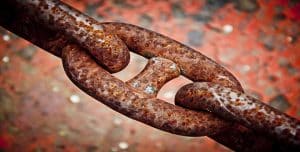

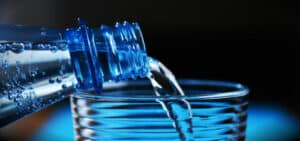
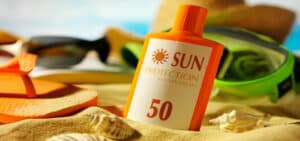
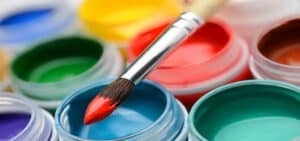
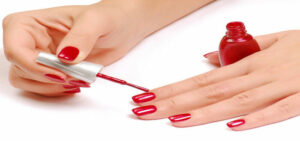

6 Responses
Does phosphoric acid dissolve steel?
Acids such as citric acid and phosphoric acid eliminate rust and do not attack the metal directly.
Which acids are best for removing rust?
Phosphoric acid, Hydrochloric acid, Sulfuric acid, and Nitric acid
How long to leave phosphoric acid on rust?
Use Phosphoric Acid diluted to 20% (200ml/litre. Apply to the surface for 5-30 minutes to remove the light film. Soak very rusty items for days with periodic agitation.